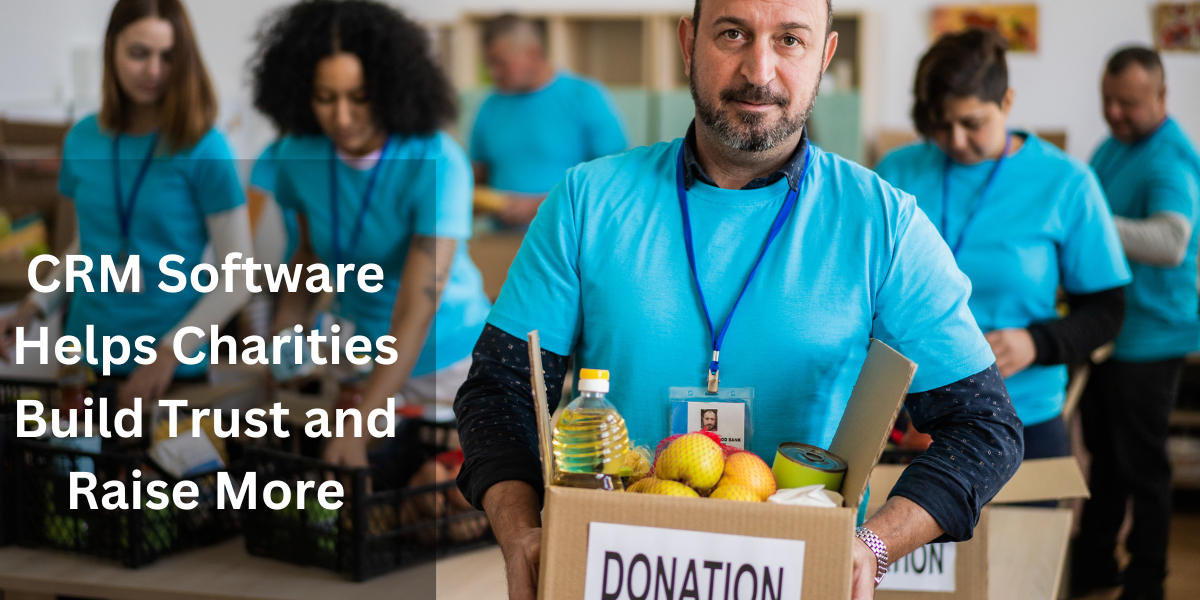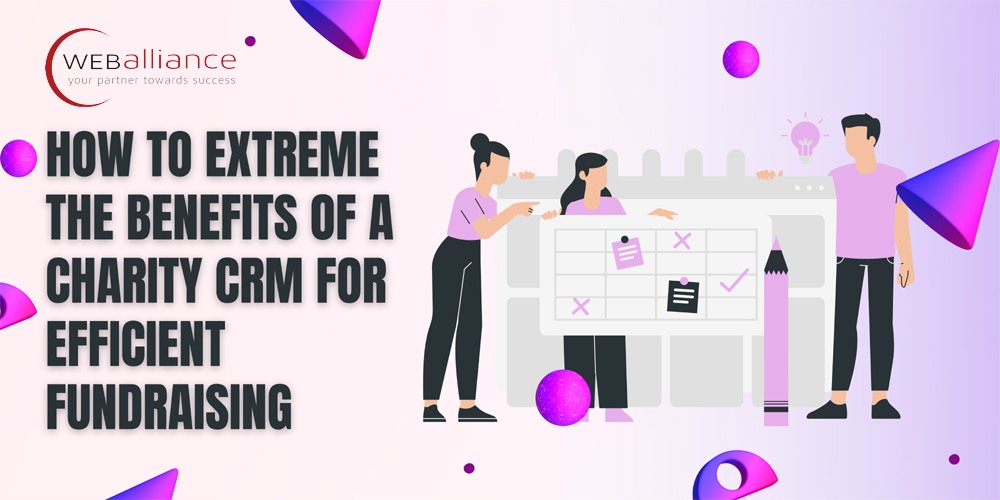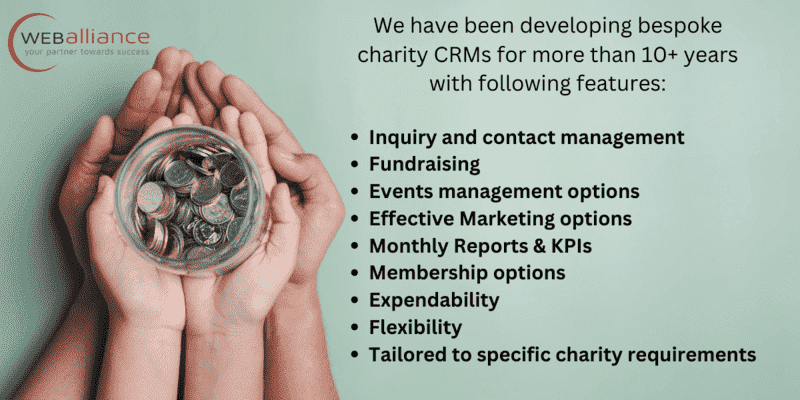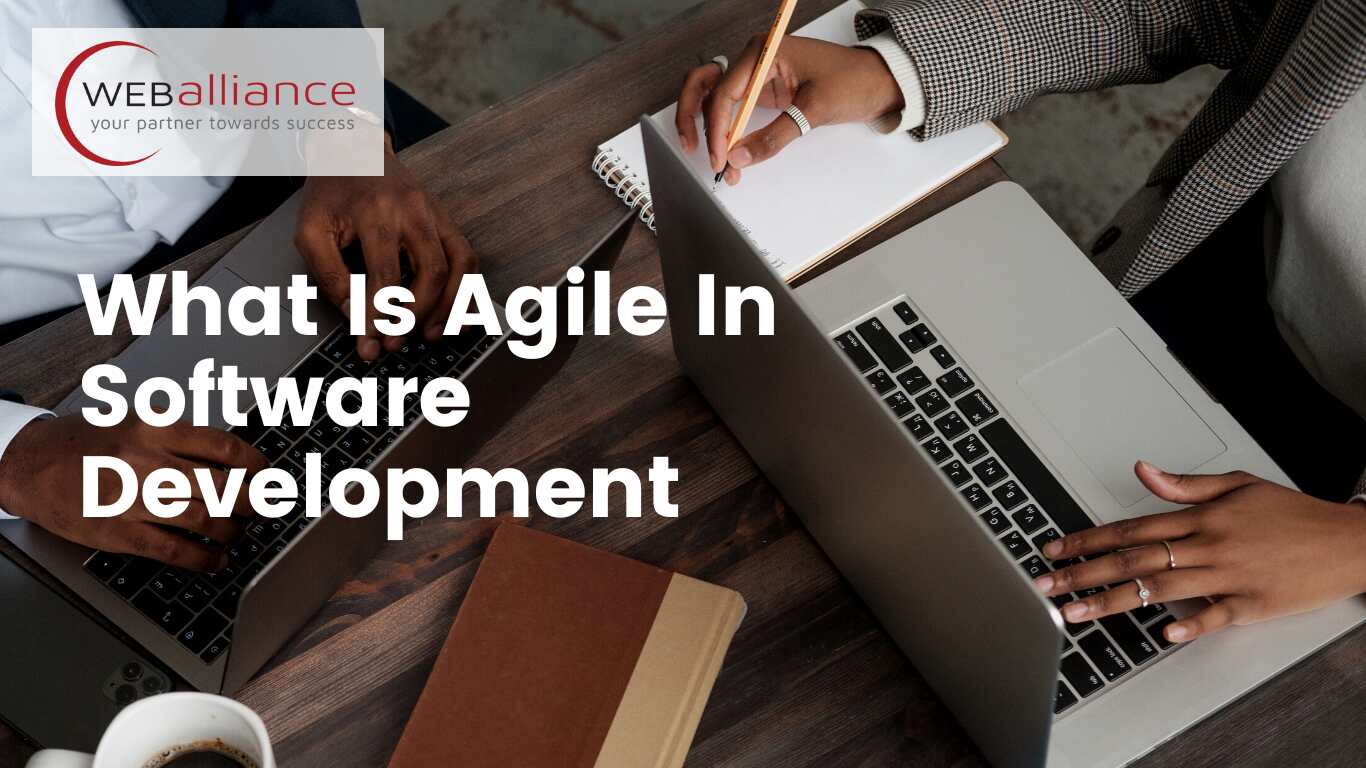How Web Alliance CRM Software Helps Charities Build Trust and Raise More

Why Relationships Are the Lifeblood of Fundraising
Every charity knows that fundraising isn’t just about asking for money. It’s about building trust, showing impact, and creating a sense of belonging for the people who choose to give.
When a donor hands over £20, £200, or even £2,000, it’s rarely just a transaction. It’s a statement: “I believe in what you’re doing. I trust you to make a difference with this contribution.”
But here’s the problem: too many charities struggle to maintain that trust over time. They’re so busy dealing with compliance, admin, and the next fundraising campaign that donor relationships often become fragmented.
Spreadsheets get bloated. Names are duplicated. Emails go unanswered. Gift Aid forms pile up. And before you know it, a once-loyal donor quietly drifts away because they no longer feel connected.
So how do you fix this? By rethinking the way you manage donor relationships in the digital age. And that’s where a charity-focused CRM system comes in.
The Challenge Charities Face Today
Imagine you’re running a mid-sized charity. You’ve got hundreds, maybe thousands, of donors. Some give monthly, others once a year. Some come through fundraising events, others through online campaigns. A few have been with you for years, while many are brand new.
Now ask yourself:
-
Do you know the giving history of each donor?
-
Can you easily pull up when they last gave, how much, and what campaign it was for?
-
If a trustee asked you tomorrow to present a report on donor retention, could you do it in an hour… or would it take a week of digging through spreadsheets?
-
Do you know which donors prefer email updates, which prefer a phone call, and which just want to see the annual report?
For many charities, the honest answer is: “Not really.”
And that’s understandable. Most nonprofits aren’t tech companies — they’re built around passion for a cause. Staff and volunteers wear multiple hats. Admin tasks get pushed to the bottom of the list. And so, even though donor relationships are the backbone of fundraising, they often don’t get the digital tools they deserve.
Why Generic Tools Fall Short
It’s not uncommon to hear, “We’ve been managing fine with Excel and Mailchimp so far.”
Yes, those tools work — up to a point. But as a charity grows, cracks begin to show. Here’s a scenario we’ve seen again and again:
-
Donor A gives £50 at an event. Their details go into a spreadsheet.
-
A month later, they sign up for your email newsletter, but with a slightly different spelling of their name. Now you’ve got two records.
-
A few months later, they make another donation online. That record sits in your payment processor but never makes it back to your spreadsheet.
-
When it’s time to thank them, someone sends a generic email — and misses the fact that this donor has actually given three times in the last year.
What’s the result? The donor feels like just another number. The relationship weakens.
Generic business CRMs don’t fare much better. They’re built for sales pipelines, not for the nuanced world of donor stewardship. Try explaining “Gift Aid claims” or “fundraising gala attendees” to an out-of-the-box sales CRM — it simply won’t fit.
What a Bespoke Charity CRM Does Differently
Now picture this instead:
You open your CRM. You search for Donor A. Instantly, you see:
-
Their full donation history
-
Which campaigns they’ve supported
-
Notes from the last phone call
-
Whether they’ve signed up for Gift Aid
-
How they prefer to be contacted
Better still, the system automatically reminds you when it’s time to send a thank-you, when their annual pledge is due for renewal, and when to invite them to the next event.
That’s what a bespoke CRM for charities makes possible.
It centralises everything. It cuts out duplication. It ensures donors are treated like individuals, not transactions. And it frees staff from drowning in admin so they can focus on what matters most: building meaningful connections.
The Donor Journey: From First Gift to Lifelong Supporter
One of the most powerful shifts a CRM enables is the ability to see the whole donor journey in one place.
Think of it like this:
-
Awareness – Someone first hears about your charity, perhaps through social media or a friend.
-
First Gift – They make a small donation online to test the waters.
-
Engagement – They attend an event, sign up for a newsletter, or follow you on social platforms.
-
Repeat Giving – They donate again, perhaps monthly, because they feel connected.
-
Advocacy – They begin sharing your campaigns, inviting friends, or volunteering.
-
Legacy – Some donors eventually choose to leave a gift in their will, ensuring long-term impact.
Without a CRM, these stages are hard to track. With one, you can map each donor’s journey — and support them at the right time with the right message.
(Visual suggestion: Funnel graphic showing these six stages.)
Boosting Fundraising With Data You Can Trust
Here’s where the digital side really shines. A charity CRM doesn’t just store data — it turns that data into usable insights.
Imagine logging in and seeing:
-
Which campaign brought in the most new donors last quarter
-
Which age group is most likely to give again
-
How much Gift Aid you can reclaim this month
-
Which lapsed donors haven’t given in 12 months and need a gentle nudge
Please checkout our client's testimonials:
Instead of guessing or cobbling together reports, you’ve got clarity at your fingertips. And clarity leads to better decisions — and better fundraising outcomes.
A Real Charity Story
Take the case of a mid-sized UK charity we recently supported.
They had been operating for over a decade, but their donor database was a patchwork of spreadsheets, old email lists, and paper forms. Staff spent hours every week chasing down details. Thank-you letters were sometimes sent months late. Gift Aid claims were often delayed.
We introduced a bespoke CRM built for their workflow. Within six months, the impact was clear:
-
Donor retention increased by 22%.
-
Gift Aid processing time dropped from two weeks to two days.
-
Event follow-ups were automated, so every attendee received a personalised thank-you.
-
Staff time was freed up, allowing them to focus on major donor cultivation rather than paperwork.
The charity didn’t just save time. They strengthened relationships. Donors felt valued. And that, in turn, boosted fundraising income.
Why This Matters More Than Ever
Charities are operating in a tougher environment. Economic pressures mean people are more cautious with their giving. At the same time, digital expectations are higher.
Donors want:
-
Transparency — to know how their money is used
-
Personalisation — not to feel like one of thousands
-
Connection — to feel like part of your mission
If you can’t provide those things, someone else will. That’s the reality of modern fundraising.
A bespoke CRM helps you deliver on all three.
Where Charts and Comparisons Add Value
To make the case clearer, here are some suggested visuals you can use alongside the text:
-
Comparison Table – “Spreadsheets vs. Generic CRM vs. Charity CRM” (showing time saved, accuracy, donor retention).
-
Donor Funnel – Awareness → Gift → Repeat → Advocacy → Legacy.
-
Impact Bar Chart – “Fundraising outcomes before and after CRM adoption.”
-
Dashboard Screenshot – A mock-up showing donor retention rate, Gift Aid processed, upcoming pledges.
These visuals help turn abstract benefits into something tangible.
Final Thoughts
At the end of the day, fundraising is about people. Donors don’t want to feel like transactions. They want to feel seen, valued, and connected to the cause they support.
A bespoke charity CRM doesn’t just make admin easier. It helps you show every donor: “We know you. We appreciate you. And here’s the difference you’ve made.”
That’s how you build lasting trust. That’s how you boost fundraising. And that’s how your charity grows in a sustainable, digital-first way.
👉 Want to see what can be done? Please book a meeting with our sales person.
FAQs
Q. Our charity is small and mostly volunteer-run. Do we really need a CRM?
Q. We’ve always used spreadsheets. What’s the real benefit of switching?
Q. Will it be too technical for our team to use?
Q. What about the cost — is it affordable for charities?
Q. How soon will we see a difference after setting it up?
Related Blogs

How To Extreme the Benefits of a Charity CRM for Efficient Fundraising
How To Extreme The Benefits of a Charity CRM for Efficient …

Unlocking the Potential: Software Solutions for Membership and Charity Management
By leveraging charity management software, businesses can …



